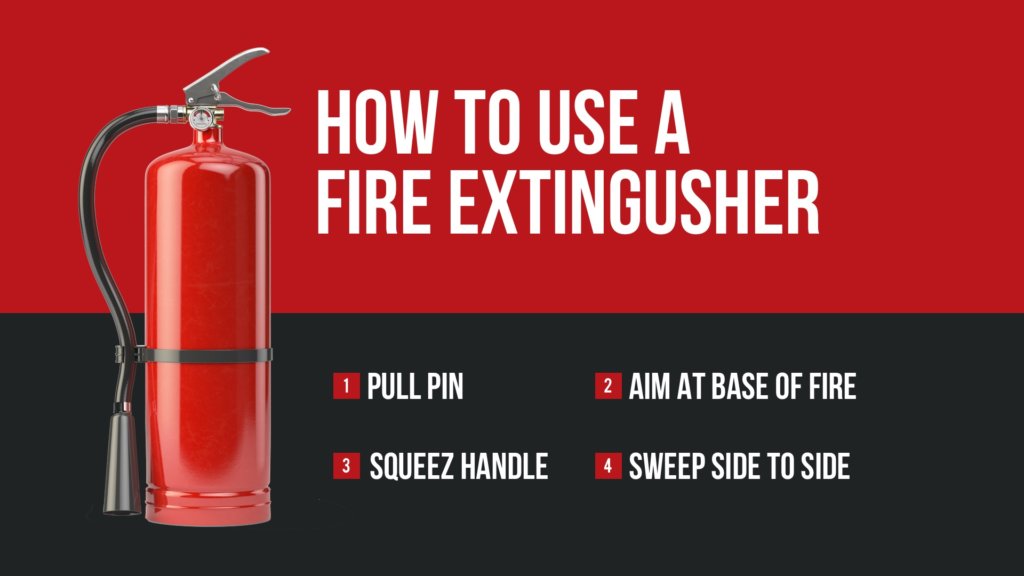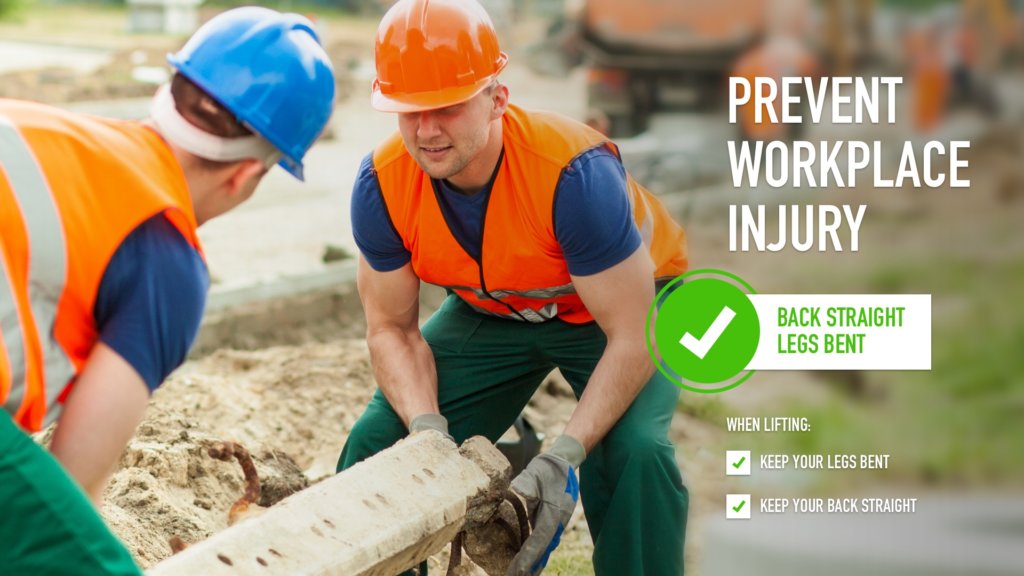
The only way to ensure workplace safety is to make sure your business complies with OSHA regulations specific to your industry. Your employees are at serious risk of serious injury if you don’t, and they deserve an environment and training that reduces this risk as much as possible.
It’s one thing to have safety measures written down, though, and another to enforce them. Even if you inform your employees how to perform their duties properly, how can you make sure they consistently practice their training? When it comes to communicating safety standards to their employees, employers should keep to the following best practices:
Decide What to Emphasize
The first step is creating a thorough safety management program that includes everything your employees need to know. That said, staff members who work in different conditions will need to know how to perform associated tasks — such as those who work with or near heat, damaging noise, sharp equipment, and more.

Conduct a robust job hazard analysis. What are the most significant dangers your employees face? These dangers might not be the same amongst all staff members, so work with an occupational clinician to determine what kinds of injuries workers are at risk of and recommend how to prevent them.
Create content of the recommendations for your communication tools in the workplace, whether it be your work place digital signage, SMS and email reminders, or flyers on a bulletin board.
Train Everyone Thoroughly
This one is obvious, but it’s worth emphasizing: train, train, train. Make sure your employees know exactly what to do and when to do it. Have them go through rigorous courses and exercises, even if material starts to seem redundant. Require employees to pass tests or meet thresholds before they can begin working. Create instructional videos and texts that workers can access at any time, such as an intranet page or digital signage network.
Meet Regularly
Your introductory safety training should be as comprehensive as possible, but it’s not enough to leave it at that. Meet with your employees regularly to refresh their training. You and your staff may become so familiar with your tasks that they’re almost instinctual, but it’s essential that no one becomes lax about safety.
Reminding your employees of safety procedures is also useful for when an incident does happen. If someone is injured, then no one must wonder what to do — everyone should know what they can do to help immediately.

Holding meetings also provides opportunities to acquire feedback and open discussions. Do your employees have concerns about specific protocols? Do they have ideas on how to make particular tasks even safer? You should make it easy for your staff to approach you at any time about such matters and not make them wait for formal meetings. At the same time, meetings play an important role as they allow you to solicit feedback that workers might not provide otherwise.
Provide staff members with a means to provide feedback anonymously, too. Set up an online means of communication or physical comment card box so that they can share their concerns with you, however they’re comfortable.
Provide Incentives… and Consequences
Incentivize your employees to maintain workplace safety by rewarding them when they follow policies. Recognize everyone who follows directions publicly. Praise employees who work hard to ensure that no one is injured, no matter how small.
Don’t make following safety regulations an annoyance that your employees will feel the need to grumble about. It’s for their own good, so sporting an infectious positive attitude improves your workers’ outlook. If you resent necessary safety requirements, then your employees will follow suit because you set the energy in the room — and then someone gets injured.

Make staff members face consequences if they neglect to follow safety measures. Maybe you could make them retake a training course before they are allowed to resume work.
On a related note, use the power of storytelling when communicating the importance of safety measures. You can explain all the possible risks your employees face, but they will have a stronger emotional connection to and investment in OSHA regulations and other safety measures if you share real accounts of people who have been injured on the job.
Review Safety Frequently
Perform routine safety checks. As you hire new employees and implement new equipment as your business grows, the risks involved will also increase. Your safety measures will need to evolve over time, so make sure that you — along with occupational clinicians — review your premises, equipment, procedures, and training education frequently for any flaws that require updates. Communicate any changing protocols to your staff as soon as possible.
Reinforce Your Plan With Relevant Signage
Display signage around your business that reminds everyone what they need to do to stay safe (as well as how to handle emergencies if accidents happen anyway). The more accessible your signs are, the better. Having office digital signage and signage on the factory floor will help reinforce messaging. If someone is ever in doubt about what safety regulations they need to comply with or how to perform a task, all they need to do is look over their shoulders.
You can use print as well as digital signage on TV screens. An advantage of digital display signage systems, especially with Enplug’s workplace safety app, is that you can connect multiple monitors and update displays in real-time, so you can communicate important safety measures to your staff whenever you need to.